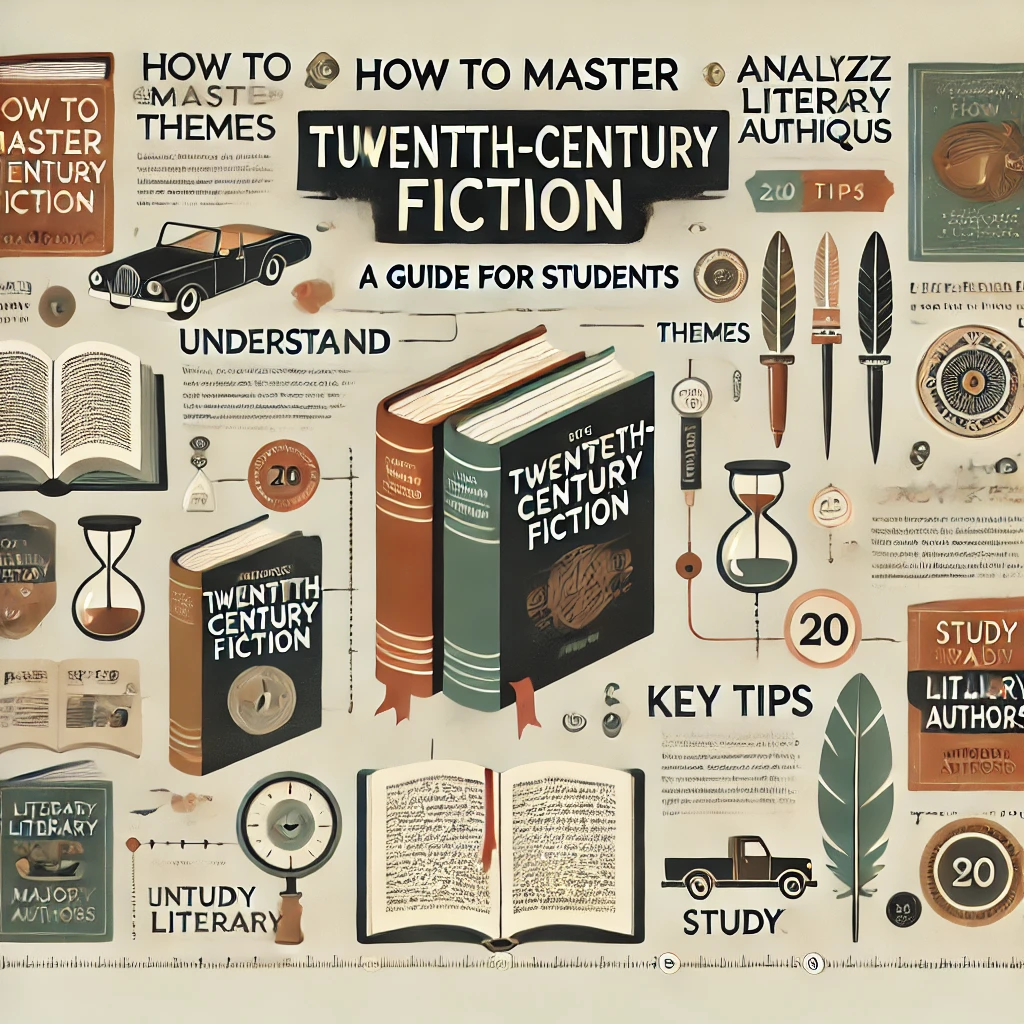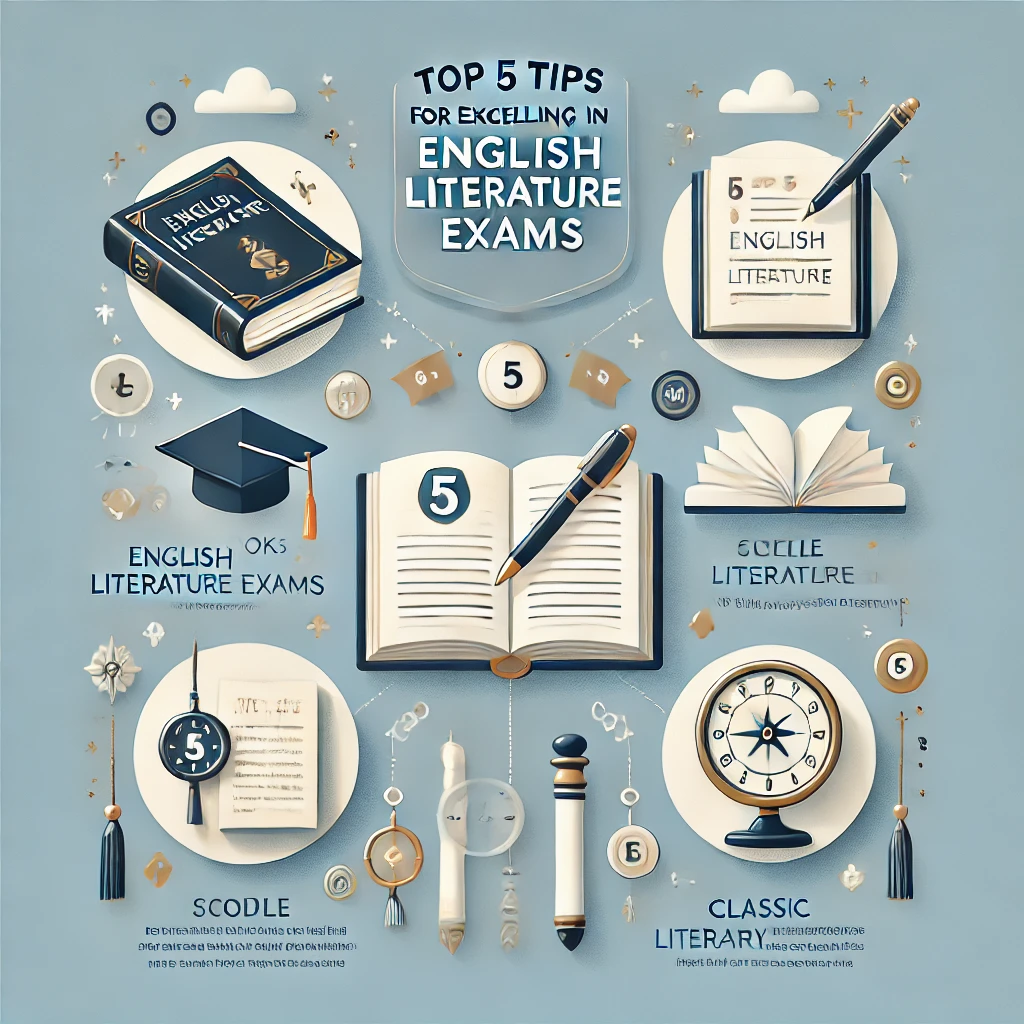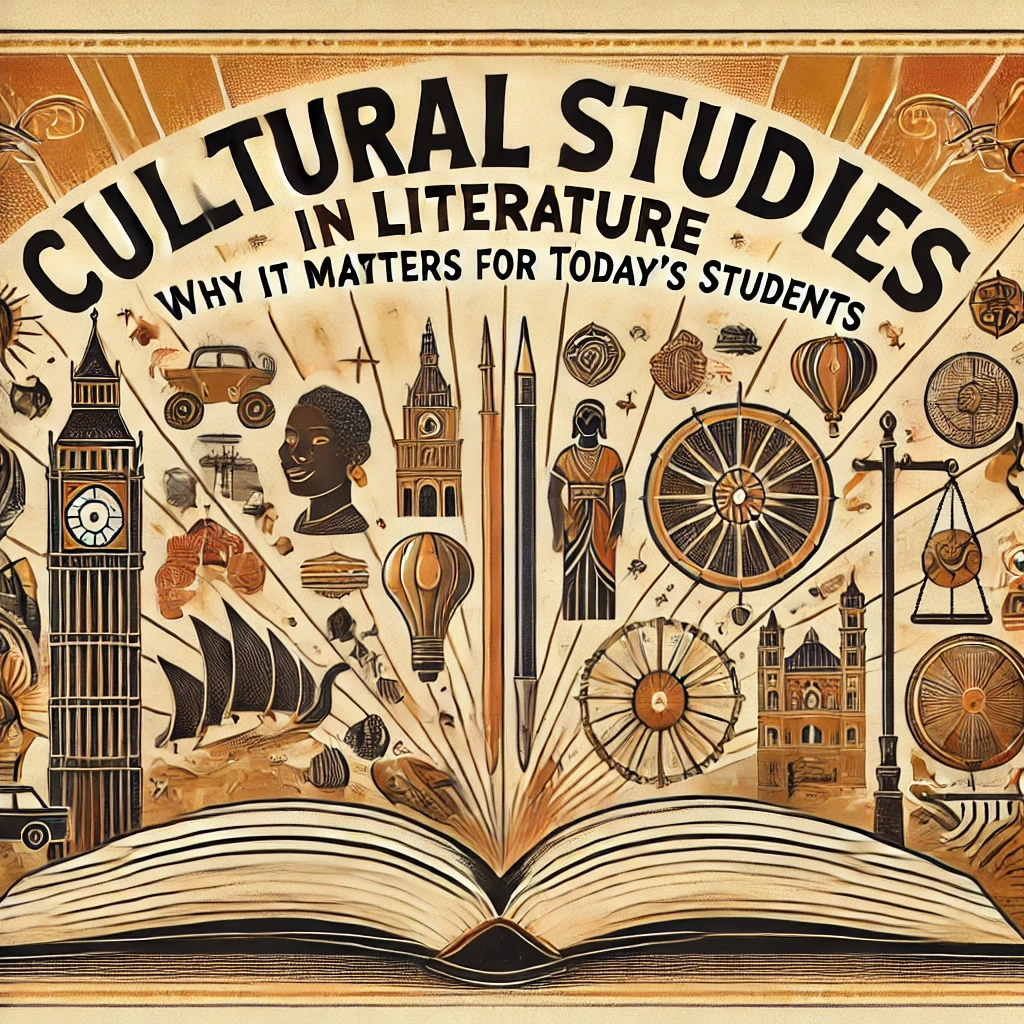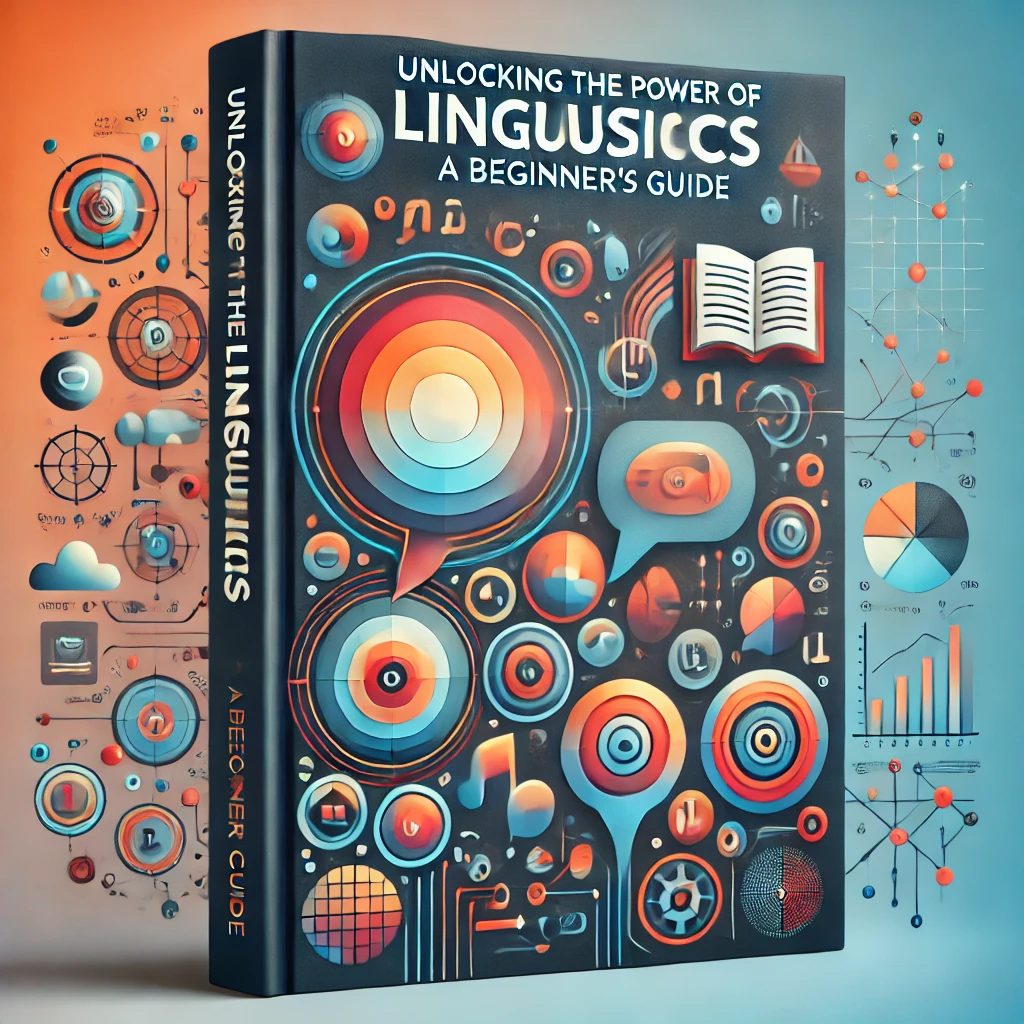Introduction
Twentieth-century fiction represents a rich and diverse period in literary history. Spanning themes of identity, change, and the human condition, it’s essential reading for any literature student. This guide will provide practical steps to master the works of this era, helping you approach novels with confidence and clarity.
Understand the Historical and Cultural Context
Twentieth-century fiction is deeply intertwined with the events and ideas of its time. Grasping this context is crucial for deeper understanding.
Key Events Influencing Twentieth-Century Fiction
The twentieth century was shaped by major global events like the two World Wars, the Great Depression, and the Cold War. These events influenced writers to explore themes of trauma, disillusionment, and resistance. For instance, novels like All Quiet on the Western Front reflect the horrors of war, while 1984 critiques authoritarian regimes.
The Rise of Modernism and Postmodernism
Modernism, emerging in the early twentieth century, challenged traditional storytelling with fragmented narratives and introspective themes. Authors like James Joyce and Virginia Woolf exemplify this shift. Postmodernism, following World War II, pushed boundaries further with irony, parody, and metafiction. Understanding these movements helps you appreciate the innovation in writing during this period.
Explore Key Themes and Motifs
Recurring themes in twentieth-century fiction provide insights into the concerns of the era.
Alienation and Identity
Many twentieth-century novels grapple with characters searching for meaning in an increasingly complex world. Works like The Catcher in the Rye and The Bell Jar explore struggles with identity and belonging. Pay attention to how authors portray internal conflict and social isolation.
Technological and Social Change
The rapid advancements in technology and shifting social norms are prominent in the literature of this era. Consider how novels like Brave New World and Fahrenheit 451 critique technological dominance and its impact on humanity.
Familiarize Yourself with Influential Authors and Works
Knowing the major writers and their contributions will strengthen your understanding of the period.
Notable Twentieth-Century Authors
Explore the works of renowned authors such as F. Scott Fitzgerald, George Orwell, Toni Morrison, and Gabriel García Márquez. Each brings a unique perspective to the issues of their time, from race and class to politics and love.
Must-Read Novels
Include essential novels like To Kill a Mockingbird, One Hundred Years of Solitude, and Slaughterhouse-Five in your reading list. These texts are not only literary masterpieces but also offer profound commentary on society.
Develop Analytical Reading Skills
Effective analysis is key to mastering twentieth-century fiction.
Identifying Literary Techniques
Pay close attention to narrative styles, symbolism, and tone. Techniques like stream of consciousness and unreliable narrators are common in this era. Practice identifying these elements and consider their purpose in the story.
Writing Thoughtful Responses
Craft essays that connect textual evidence to broader themes. Focus on clarity and structure, ensuring each argument is well-supported. Regular practice will improve both your writing and critical thinking skills.
Utilize Supplementary Resources
Broaden your understanding with additional materials and learning platforms.
Academic Guides and Commentaries
Use resources like SparkNotes, CliffsNotes, and academic journals to gain new perspectives. These guides often break down complex themes and provide context for challenging texts.
Online Courses and Communities
Join literature-focused online courses and forums. Platforms like Coursera and Reddit’s r/books community offer engaging ways to deepen your knowledge and interact with fellow literature enthusiasts.
Conclusion
Mastering twentieth-century fiction requires an appreciation of its context, themes, and authors. By developing analytical skills and leveraging supplementary resources, you can navigate this rich literary period with confidence. Embrace the challenge, and you’ll uncover the timeless relevance of these works.




